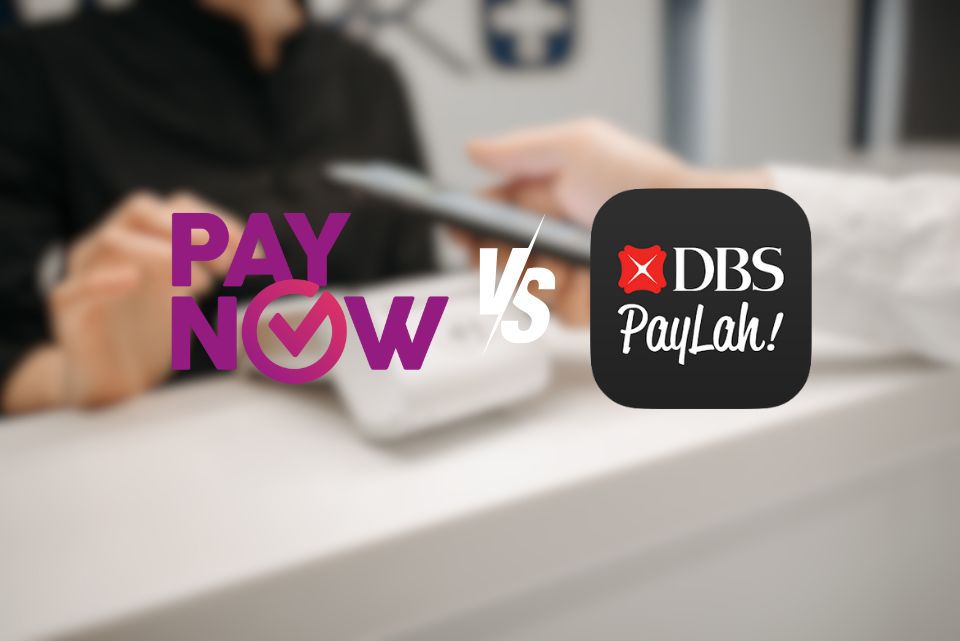
A balance transfer can be valuable for managing your credit card debt. By transferring your outstanding balance to a new credit card with a lower interest rate, you can save significant money and pay off your debt faster.
It can provide much-needed financial relief and help you regain control of your finances. This article explores the best balance transfer rates available in Singapore in 2025, providing the information you need to make an informed decision.
What is a Balance Transfer?
A balance transfer involves moving your outstanding credit card balance from one card to another. It is usually done to take advantage of bank promotions that offer 0% or low interest rates for a specific period of time.
You can focus on repaying your debt during this promotional period without incurring high-interest charges. Balance transfers can also provide quick access to emergency funds when needed.
You might want to consider a balance transfer if:
- You’re paying high interest on existing credit card debts and want to consolidate them at a lower rate.
- You have a debt repayment plan within the interest-free or promotional period.
- You’re aiming to improve your financial health and manage debt more effectively.
Best Balance Transfers

Here’s a summary of the best balance transfer rates offered by different banks in Singapore:
| Bank | Transfer Rate | EIR | Processing Fee | Promotional Period |
| Standard Chartered | 0% | 4.86% | 1.80% | 12 months |
| HSBC (Under S$10,000) | 0% | 5.47% | 2.5% | 6 months |
| DBS | 0% | 5.34% | 2.5% | 6 months |
| Maybank | 0% | 4.87% | 2.28% | 6 months |
| Citibank | 0% | 5.81% | 1.58% | 21 months |
| OCBC Bank | 0% | 5.20% | 4.5% | 12 months |
| UOB | 0% | 4.69% | 4.28% | 12 months |
Key Insights:
- Standard Chartered. It provides a notably lower effective interest rate (EIR) of 4.86% and a competitive processing fee of 1.80%, accompanied by a promotional period of 12 months, positioning it as an ideal option.
- HSBC (Under S$10,000). Compared to Standard Chartered, HSBC has a higher EIR of 5.47% and a reduced promotional period of 6 months.
- DBS. Similar to HSBC, DBS features a higher EIR of 5.34% and a brief promotional duration of 6 months, which is less favourable than that of Standard Chartered.
- Maybank. Offering a reasonable EIR of 4.87% along with a 6-month promotional period; however, its processing fee of 2.28% is slightly elevated relative to Standard Chartered.
- Citibank. While Citibank boasts the most extended promotional period of 21 months, its EIR of 5.81% is the highest among the banks presented.
- OCBC Bank. Featuring a moderate EIR of 5.20% alongside a 12-month promotional period, but its processing fee of 4.5% is significantly high.
- UOB. It provides a competitive EIR of 4.69% and a 12-month promotional period; however, it also imposes a comparatively high processing fee of 4.28%.
Eligibility Criteria for Balance Transfer
To be eligible for a balance transfer, you generally need to meet the following criteria:
- Age. Be at least 21 years old.
- Income. Meet the minimum annual income criteria, depending on the bank and residency status. For example:
- Standard Chartered requires a minimum annual income of S$30,000 for Singaporeans and S$60,000 for foreigners.
- OCBC Bank requires a minimum annual income of S$20,000 for Singaporeans and Singapore PRs and S$45,000 for foreigners.
- DBS/POSB requires applicants to be existing DBS/POSB Personal Principal Credit Cardholder/Cashline customers.
- Credit Score. Have a good credit score. It demonstrates your creditworthiness and ability to manage debt responsibly.
- Credit Card Account. Some banks may require you to hold a valid credit card account with them or transfer balances from specific banks.
Pros and Cons of Balance Transfers
Pros:
- Lower interest rates. Balance transfers often come with lower interest rates than your existing credit card, allowing you to save money on interest charges.
- Debt consolidation. You can consolidate multiple credit card debts into a single payment, simplifying your finances.
- Faster debt repayment. With lower interest charges, more of your payments go towards reducing the principal, helping you pay off your debt faster.
- Flexible repayment options. Some balance transfers offer flexible repayment terms, allowing you to choose a plan that suits your budget.
Cons:
- Processing fees: Most balance transfers come with an upfront processing fee, which can vary between banks.
- Limited promotional period: The low or 0% interest rate is typically only applicable for a set period, after which it may revert to a higher standard rate. Paying off the balance within the 0% interest period is crucial to avoid high-interest charges.
- Potential for increased debt: If you are not disciplined with your spending, you may accumulate more debt after the balance transfer.
How to Choose a Balance Transfer Loan
With various balance transfer options available, consider these factors to choose the best one for your needs:
- Interest Rates. Compare the interest rates offered by different banks. While many banks offer attractive introductory rates, it’s essential to understand what happens after this period ends. Some cards may switch to high standard rates, potentially negating initial savings.
- Loan Terms. Choosing the right loan term is important because it needs to match your financial goals and how comfortably you can make repayments. A shorter loan period usually means higher monthly payments, but it can also help you save money overall by reducing the total interest you pay.
- Credit Card Requirements. Certain balance transfer loans are available to existing credit cardholders or linked to specific credit card balances. Before applying, verify whether you need a particular credit card account to qualify or if the lender requires you to transfer balances from particular banks.
- Overall Value. To determine the total value of a balance transfer loan, consider all associated costs, including interest rates, processing fees, and monthly repayments. By assessing the total repayment amount over the loan term, you can judge whether the loan provides genuine savings and meets your financial objectives.
- Factors like interest rate, balance transfer fee, promotional period, and credit limit play a crucial role in determining the best balance transfer for your needs.
Application Process
Applying for a balance transfer loan typically involves the following steps:
- Check Eligibility: Ensure you meet the minimum annual income and credit score requirements.
- Complete the Application: Provide personal details, proof of income, and credit card information.
- Approval and Transfer: Once approved, the lender transfers the approved loan amount to clear your credit card debt.
The Bottom Line
Balance transfers can be an effective way to manage your credit card debt in Singapore. You can choose the option that best suits your financial needs and goals by comparing the best balance transfer rates, eligibility criteria, and ongoing promotions.
Remember to read the terms and conditions carefully before applying for a balance transfer, and make sure you understand the fees involved.
To make the most of your balance transfer, remember to:
- Stick to your monthly repayment plan: This will help you avoid penalties and keep your balance transfer in good standing.
- Avoid multiple balance transfers: To avoid unexpected interest charges, aim to clear your balance transfer within the interest-free period.
- Pay more than the minimum amount: This will help you reduce your debt faster and save on interest charges.
- Close old credit cards: This can help you avoid the temptation to overspend and accumulate more debt.
By following these tips and making informed decisions, you can effectively use balance transfers to achieve your debt management goals and improve your financial health.
Need a loan quickly?
Don’t wait weeks for approval. With Crawfort, a trusted licensed money lender in Singapore you can get a fast personal loan and get approved in as fast as 8 minutes.













































































































































































